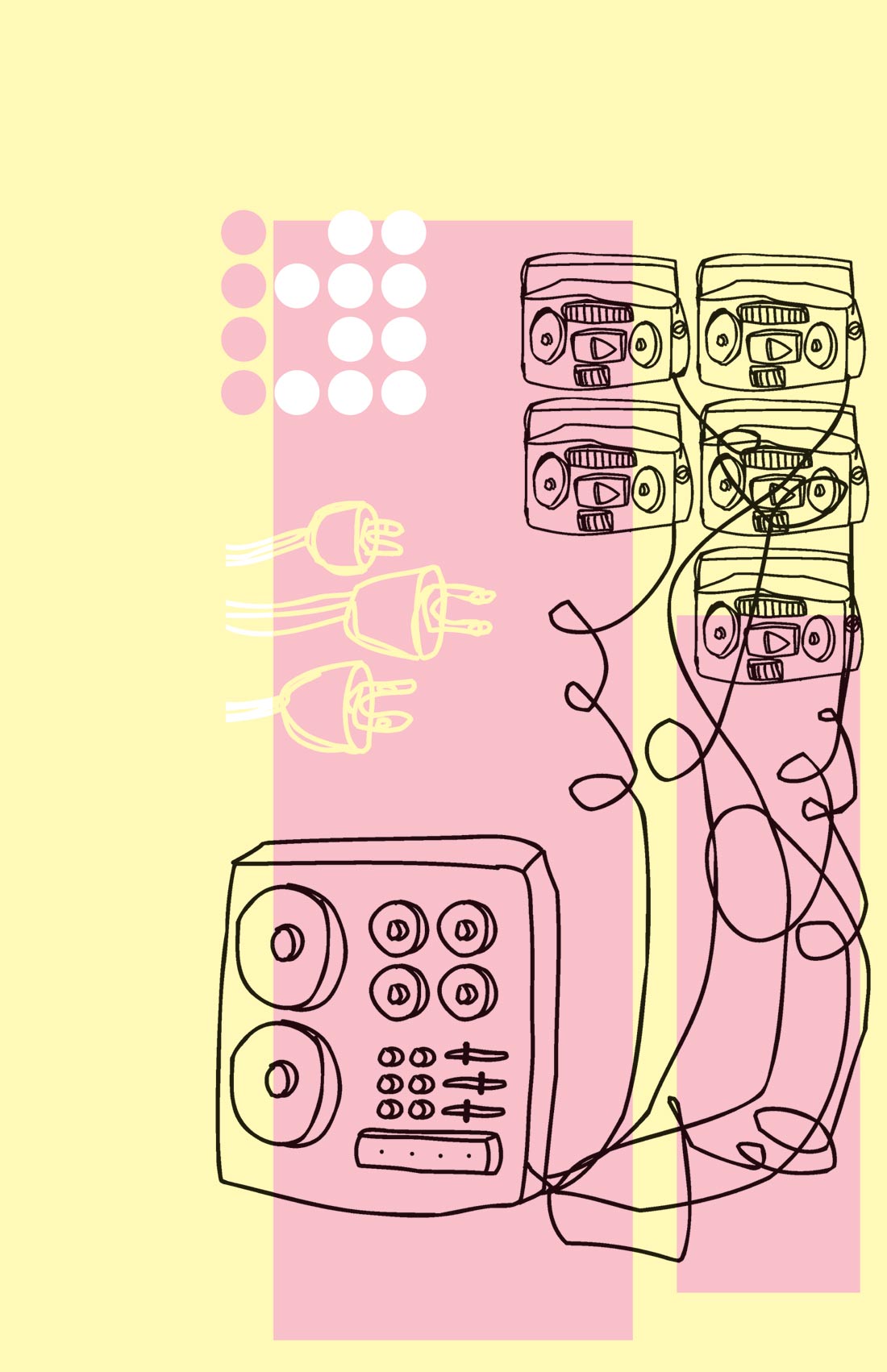There are quite a few different recording programs available now, and they're all really pretty amazing. It would be hard to say that one is drastically better, or even different, from another. I think it comes down to personal preference and learning the details of each package enough to decide which one works best for you. I haven't used Cubase, or any other software, enough to write an exhaustive review of it, so that's not the point of this short review. The point is that with version 5 of VST 32, Steinberg has addressed several areas that have a direct sonic impact on the music you record that haven't been widely addressed until now. While most new software development seems aimed at new capabilities, VST 32 V. 5 has introduced three new sonic features: 32 bit sound files, True-Tape recording and an implementation of Apogee's UV-22 dithering algorithm. 32 bit sound files allow for much greater dynamic range than 24 bit files. Just about every sound card that I've seen only supports 24 bit files, and just about all software supports at least 32 bit floating point calculations. The point here is that as the files are manipulated in 32 bit floating point, the files are then kept at the longer word length, rather than being truncated down to 24 bits. The True-Tape algorithm on the other hand, creates 32 bit files from the get go. This algorithm was written to simulate the compression and saturation effects of analog tape. There is a control panel where you can set the amount of "drive" from 1 to 24 dBs of saturation. Lastly, Steinberg has licensed Apogee's UV-22 dithering algorithm and it is included in VST 32. When you mix a song down from 24 bits to 16, or convert 24 bit files to 16 bit for CD mastering, you are just discarding the extra 8 bits. UV22 applies an advanced dithering algorithm that most mastering engineers claim sounds better than anything else on the market. Previously only found on more high-end and expensive hardware and software, it's cool that Steinberg has included it as a standard option. (Check www.apogeedigital.com for more info on UV22 and dithering) So how does it sound? I recently did a project for a band called The Revolution Smile. (www. therevolutionsmile.com.) The band's singer/songwriter is Shaun Lopez who was a founding member of Far. We tracked several songs on to 2" 16-track tape and completely finished and mixed one song in the analog domain for a Quicksand tribute comp. The other songs we transferred into Cubase in 32 bit mode. Shaun then finished up all the overdubs in True Tape mode, using 6- 12 dBs of "drive"-more on guitars, less on vocals- and mixed them down to 24 bit files. He felt the True Tape sound was a huge improvement over earlier versions of Cubase and that it warmed up all the overdubs quite a bit. We then used the UV-22 to dither them down to 16 bit files. Although we could hear a very small difference between the songs recorded in Cubase next to the one song done entirely analog, the difference was very minimal and subtle. Bottom line is that the analog tracks still sounded full and the overdubs sat well with them. Considering how much money was saved by tracking into Cubase instead of doing all the overdubs at a studio, the difference was more than made up for in the extra time spent on the overdubs. As far as the UV22 goes, we listened to files that were just truncated to 16 bits next to the UV22 dithered files and there was definitely an audible difference but to my ears it was subtle and I'm not sure we really had the best possible testing conditions. It seemed as if the top end in the UV22 files was more realistic and transparent. Vocals, for instance, sounded more breathy and sibilant, but hey all those big mastering engineers can't be wrong, right? Check the band's website in a few months and you can hear the results for yourself. So, while Cubase has always been a favorite of musicians, these new sonic features make it a serious consideration for picky recording engineers as well. (www.steinberg.net)
Interfaces | No. 144
Pro Tools | Carbon Hybrid Audio Production System
by Eli Crews
It’s very simple – if you record music using Pro Tools with any regularity, and don’t require (or can’t afford) a full-blown HDX system, I cannot advise you strongly enough to...




_disp_horizontal_bw.jpg)